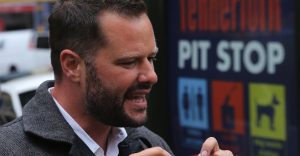Health
Smokers Have Better Luck Quitting When Own Money Wagered

In a study released Wednesday, May 13, 2015, smokers with $150 of their own money at stake were far more likely to quit than smokers who didnt have to wager their money to get cash rewards. (AP Photo/Carolyn Kaster)
Mike Stobbe, ASSOCIATED PRESS
NEW YORK (AP) — When it comes to offering cash to get smokers to quit, more people go for the carrots than the stick — but the stick gets better results.
In a study released Wednesday, smokers with $150 of their own money at stake were far more likely to quit than smokers who didn’t have to wager their money to get the cash rewards.
“A bit of a stick was much better than pure carrot,” said the study’s lead author, Dr. Scott Halpern of the University of Pennsylvania.
But here’s the catch: Few people were willing to bet on themselves. Nearly everyone who was offered the rewards-only option, though, signed up for a stop smoking program.
As employers try to hold down health care costs, growing numbers of them have been using financial incentives to encourage workers to quit smoking or get healthier in other ways. But there’s been relatively little research on what works best, said senior author Dr. Kevin Volpp.
The Penn researchers collaborated with CVS Health, the second largest U.S. drugstore operator, for the study. About 2,500 smokers took part — CVS employees, their relatives or friends.
THE INCENTIVES
Past research has found money is persuasive. Volpp and his colleagues tried to see what difference it made if employees stood not only to win money for quitting, but also to lose money.
About 1,000 smokers were offered the chance to win up to $800 if they could quit for six months. Participation was high — about 90 percent signed up.
Another 1,000 were asked to put $150 down as a deposit. It they quit for six months, they would get their $150 back plus $650 — a total of $800. Only 14 percent took that offer.
Another group of about 500 were offered no cash incentive, but did get the company’s standard offering of counseling and nicotine replacement therapy.
THE OUTCOME
The few that put in their own money were a committed bunch. About half of them made it six months without a cigarette. That was a much better than the 17 percent of the rewards-only group that made it to the finish line.
But there were so many people in the rewards-only program that the actual number who quit in that group was much higher — 156, compared to 78.
Only 28 of the people offered no cash incentives quit — a measly 6 percent.
To get the largest number of people to stop, “it looks like the better bet might be for employers to supply pure reward,” said Cliff Douglas, the American Cancer Society’s vice president for tobacco control. He was not involved in the research.
The study was published in Thursday’s New England Journal of Medicine.
TOO-HIGH STAKES
The study’s authors say there’s a compelling story in the success rate for the smokers who had money on the line. But they also say the $150 deposit apparently scared many away.
One participant, Camelia Escarcego of Rialto, California, said she is unemployed and wouldn’t have been able to come up with the deposit. Her sister works for CVS and Escarcego ended up in the rewards-only group.
A 12-year smoker, Escarcego, 55, said the hundreds of dollars was enough motivation.
“That helped me to have a little bit of money in my pocket,” she said.
Next month, CVS is to launch a quit smoking program for its 200,000 employees that will require a lower deposit of $50 and will award $700 to those who quit for a year.
___
Online:
Journal: http://www.nejm.org.
Copyright 2015 The Associated Press. All rights reserved. This material may not be published, broadcast, rewritten or redistributed.
###
Business
Banning Menthol Cigarettes: California-Based Advocacy Group Joins Suit Against Federal Govt.
A California based non-governmental organization, The African American Tobacco Control Leadership Council (AATCLC), has joined two other public health advocacy groups in a second lawsuit against the U.S. Food and Drug Administration (FDA) for the agency’s inaction on issuing a final rule banning menthol cigarettes.

By Edward Henderson, California Black Media
A California based non-governmental organization, The African American Tobacco Control Leadership Council (AATCLC), has joined two other public health advocacy groups in a second lawsuit against the U.S. Food and Drug Administration (FDA) for the agency’s inaction on issuing a final rule banning menthol cigarettes.
The suit, filed by Christopher Leung of Leung Law, PLLC on behalf of the AATCLC, Action on Smoking and Health (ASH) and the National Medical Association (NMA) comes more than seven months after the FDA’s established date for finalizing a new rule against menthol cigarettes.
“We are a group of Californians, although we have expanded now. We were formed in 2008 to inform and direct the activities of commercial tobacco control and prevention as they affect African Americans and African immigrants in this country,” said Carol McGruder, co-chair of the AATCLC.
McGruder was speaking during a press briefing April 2 organized to announce the lawsuit. with representatives from the ASH, NMA and other organizations.
“Menthol cigarettes have had a devastating and disproportionate impact on the health of Black Americans,” said Yolanda Lawson, President of the NMA. “Smoking related diseases are the number one cause of death in the Black community.”
The lawsuit also follows the FDA’s 15-year delay in creating national policy that would ban cigarettes made with compound menthol, a minty substance that cigarette makers infuse into their tobacco products, making them more addictive and harmful.
Despite significant reductions in overall smoking rates in the US, smoking among poor, less educated and marginalized groups remains high. Every year, 45,000 Black Americans prematurely die from tobacco-caused diseases. An estimated 85% of them smoked menthol cigarettes.
“This disproportionate use of menthol cigarettes among Black Americans is not a coincidence,” Dr. Yerger continued. “I was one of the first tobacco documents researchers out of UCSF who exposed the tobacco industry’s systematic, predatory marketing schemes to dump highly concentrated menthol cigarette marketing into urban inner-city areas.”
In 2011, the FDA’s own scientific advisory committee concluded that the “Removal of menthol cigarettes from the marketplace would benefit public health in the United States.”
If the sale of menthol-flavored cigarettes is indeed banned, the FDA projects a 15.1% drop in smoking within 40 years, which would help save between 324,000 to 654,000 lives.
As a result of the Plaintiffs’ first lawsuit, the FDA made the landmark determination to add menthol to the list of banned characterizing flavors in cigarettes.
On the contrary, tobacco-aligned groups in the past have argued that banning menthol cigarettes would be impact federal and state budgets with the loss of nearly $6.6 billion in cigarette sales taxes. Menthol cigarettes account for over one-third of the U.S. cigarette market.
Other arguments from tobacco-backed groups include unintended consequences of a ban such as increased policing in Black and Brown communities due to contraband cigarettes. However, health advocates have dismissed this claim stating the ban would apply to companies that make or sell menthol cigarettes, not individual smokers.
By law, the United States has two months to respond to the lawsuit. The feds can respond to it or file a motion to dismiss.
If the suit is successful, the FDA would have 90 days to make a final ruling.
California Black Media
Commentary: Support Early Detection Technology to Save the Lives of Black Cancer Patients
In 2008, I received news no one ever wants to hear. I was diagnosed with Stage I breast cancer, with an ER/PR positive tumor type. The road to recovery was tough, taking more than a physical toll on my body. I grappled with the emotional and mental strain of navigating a health care system that too often fails to address the unique needs of Black women. There was no manual to guide me through this journey, no prescription to ease the burden, and no roadmap to help me navigate the challenges ahead.
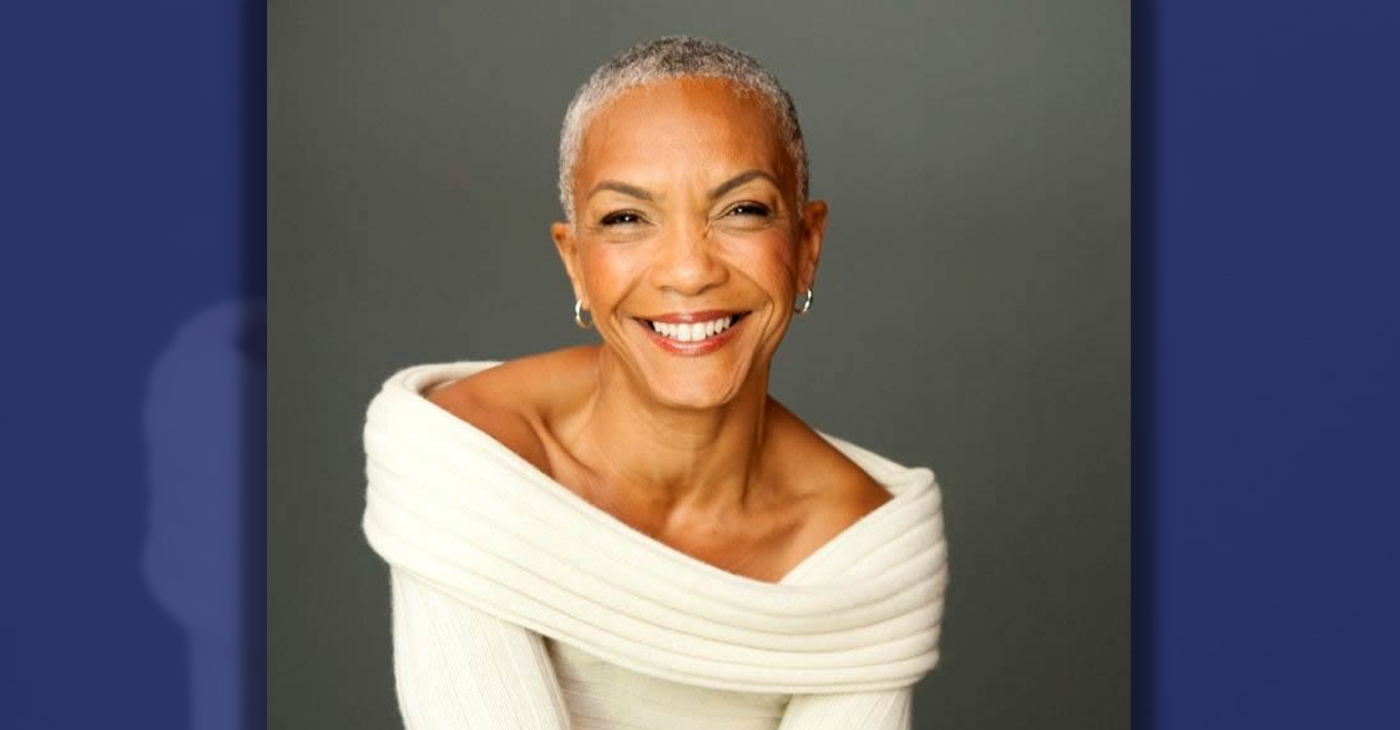
By Rhonda Smith, Special to California Black Media Partners
In 2008, I received news no one ever wants to hear. I was diagnosed with Stage I breast cancer, with an ER/PR positive tumor type.
The road to recovery was tough, taking more than a physical toll on my body. I grappled with the emotional and mental strain of navigating a health care system that too often fails to address the unique needs of Black women. There was no manual to guide me through this journey, no prescription to ease the burden, and no roadmap to help me navigate the challenges ahead.
The stark reality that Black women are 41% more likely to die from breast cancer than White women is a grim reminder of the systemic inequities that pervade our health care system. According to the American Cancer Society, Black Americans have the highest death rate and shortest survival rate of any racial or ethnic group in the country. This disparity extends beyond breast cancer, impacting colorectal, prostate, and lung cancers, among others.
To help overcome these inequities, we need to attack cancer at its roots; we must catch it early, and we must ensure the means to catch cancer early are accessible to the communities most at risk. I consider myself fortunate to have received a Stage 1 diagnosis. Yet, it pains me to know that for many others, their breast cancer is often detected in later, more advanced stages.
Fortunately, there is hope on the horizon. Some California congressmembers — particularly U.S. Rep. Raul Ruiz (D-CA-25) — are taking decisive action. Ruiz is a lead sponsor of a bill to dramatically expand access to cutting-edge early detection tools for Medicare beneficiaries, including millions of Black Americans in underserved communities. With bipartisan support, this bill is closer than ever to passage.
Named in honor of Nancy Gardner Sewell, a civil rights leader and passionate advocate for health justice, the Nancy Gardner Sewell Medicare Multi-Cancer Early Detection Screening Coverage Act would ensure Medicare has the latitude it needs to cover an exciting new class of cancer detection tests as soon as they’re cleared by the FDA.
These tests utilize the latest scientific achievements to identify cancer signals in a patient’s blood stream. They can pinpoint many different types of cancer from a single blood draw, dramatically improving doctors’ ability to detect cancers early and at stages where they are most treatable.
The next phase of our fight against cancer – and the disproportionate toll it takes on Black Americans – starts by urging Congress to pass the Nancy Gardner Sewell Medicare Multi-Cancer Early Detection Screening Coverage Act and ensuring the benefits of this legislation reach all corners of our communities.
I don’t advocate for change for myself, but for every Black woman who has faced, or will face, a similar battle.
Together, we can rewrite the narrative of health care, catch and treat cancer early, and ensure that every woman has the opportunity to thrive, regardless of her race or background.
About the Author
Rhonda Smith, Executive Director of the California Black Health Network, leads initiatives to advance health equity for Black Californians, leveraging her expertise from roles including consulting and spearheading health disparities initiatives for BIPOC communities. With an MBA from the University of Virginia’s Darden School of Business and a B.S. in Civil Engineering from Virginia Tech, Rhonda has led transformative projects like the LiveHealthy OC Initiative and the Susan G. Komen® Circle of Promise California Initiative to address health disparities and promote whole person care approaches.
Bay Area
California Makes Strides in Fight Against Fentanyl
California National Guard’s Counterdrug Task Force has seized over 7,000 pounds of fentanyl including 3.4 million pills since the state launched a multi-agency operation in January 2024. Gov. Gavin Newsom announced the state’s progress on May 7, National Fentanyl Awareness Day. The Governor said he deployed the state’s highway patrol and National Guard personnel last year as part of a public safety operation in partnership with local government officials and law enforcement.

By California Black Media
California National Guard’s Counterdrug Task Force has seized over 7,000 pounds of fentanyl including 3.4 million pills since the state launched a multi-agency operation in January 2024.
Gov. Gavin Newsom announced the state’s progress on May 7, National Fentanyl Awareness Day.
The Governor said he deployed the state’s highway patrol and National Guard personnel last year as part of a public safety operation in partnership with local government officials and law enforcement.
“As we recognize the serious dangers of illegal fentanyl, California is continuing to tackle this issue head-on. Our efforts are getting this poison off our streets and out of our communities as we continue to support people struggling with substance use.” Newsom said.
CalGuard Major General Matthew Beevers said that the state’s unprecedented investment in the Counterdrug Task Force has immobilized operations and revenue channels of transnational criminal organizations.
“The CalGuard is committed to supporting our state, federal, local and tribal law enforcement partners to eliminate the scourge of fentanyl,” Beevers said.
In the past five years, California has invested $1.1 billion in operations and initiatives to fight crime, support local law enforcement, and improve public safety. The Newsom administration has implemented a comprehensive approach as part of the governor’s Master Plan to tackle the fentanyl and opioid crisis.
The Newsom administration has expanded efforts to improve public safety across the state where operations occurred in cities such as San Francisco, Oakland, and Bakersfield.
San Francisco Mayor London Breed acknowledged that joint operation was a step in the right direction toward curbing illegal activity and improving public safety.
“Our coordinated work to shut down drug markets in San Francisco is making a difference, but we have more work to do,” Breed said.
“Together we are sending a message at all levels of government that anyone selling fentanyl in this city will be arrested and prosecuted,” she said.
-

 City Government2 weeks ago
City Government2 weeks agoCourt Throws Out Law That Allowed Californians to Build Duplexes, Triplexes and RDUs on Their Properties
-

 Activism4 weeks ago
Activism4 weeks agoOakland Post: Week of April 24 – 30, 2024
-

 Alameda County2 weeks ago
Alameda County2 weeks agoAn Oakland Homeless Shelter Is Showing How a Housing and Healthcare First Approach Can Work: Part 1
-
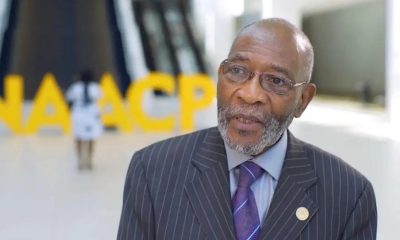
 Activism2 weeks ago
Activism2 weeks agoS.F. Black Leaders Rally to Protest, Discuss ‘Epidemic’ of Racial Slurs Against Black Students in SF Public School System
-
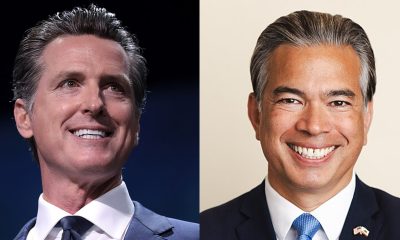
 Community2 weeks ago
Community2 weeks agoGov. Newsom, Attorney General Bonta Back Bill to Allow California to Host Arizona Abortion Care
-

 City Government4 weeks ago
City Government4 weeks agoVallejo Community Members Appeal Major Use Permit for ELITE Charter School Expansion
-
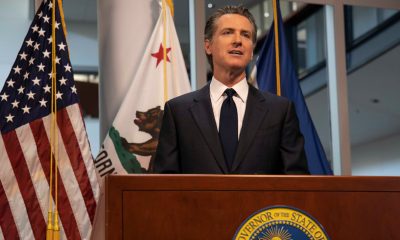
 Community2 weeks ago
Community2 weeks agoGov. Newsom Issues Proclamation Declaring Day of Remembrance for the Armenian Genocide
-

 California Black Media2 weeks ago
California Black Media2 weeks agoCinco De Mayo: Five Interesting Facts You Should Know About the Popular Mexican American Holiday

